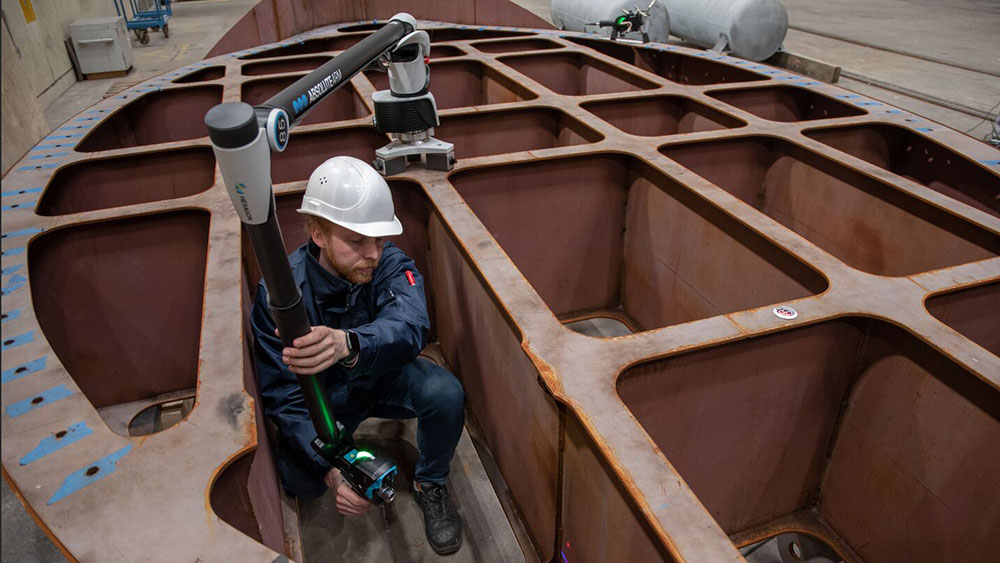Hexagon
There’s a lot of talk about automation these days, not just in manufacturing circles but also the news in general. As the demands of modern manufacturing grow more complex, and manufacturing industries continue their digital transformation—with automation playing an ever-expanding role—where does this leave traditional, manually operated metrology tools like portable measuring arms?
|
ADVERTISEMENT |
Because the right inspection method will always be based on the specific needs and context of the application, this article explores why portable arms, far from being obsolete, continue to be an essential part of the quality tool kit in advanced manufacturing environments throughout the value chain.
Automation = Quality at scale
Automation is an essential driver of quality in advanced manufacturing. Automated processes are crucial to a manufacturer’s ability to scale while boosting quality and efficiency; its numerous advantages are bringing it to the very center of manufacturing.
…

Add new comment